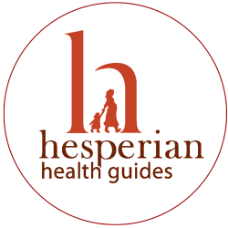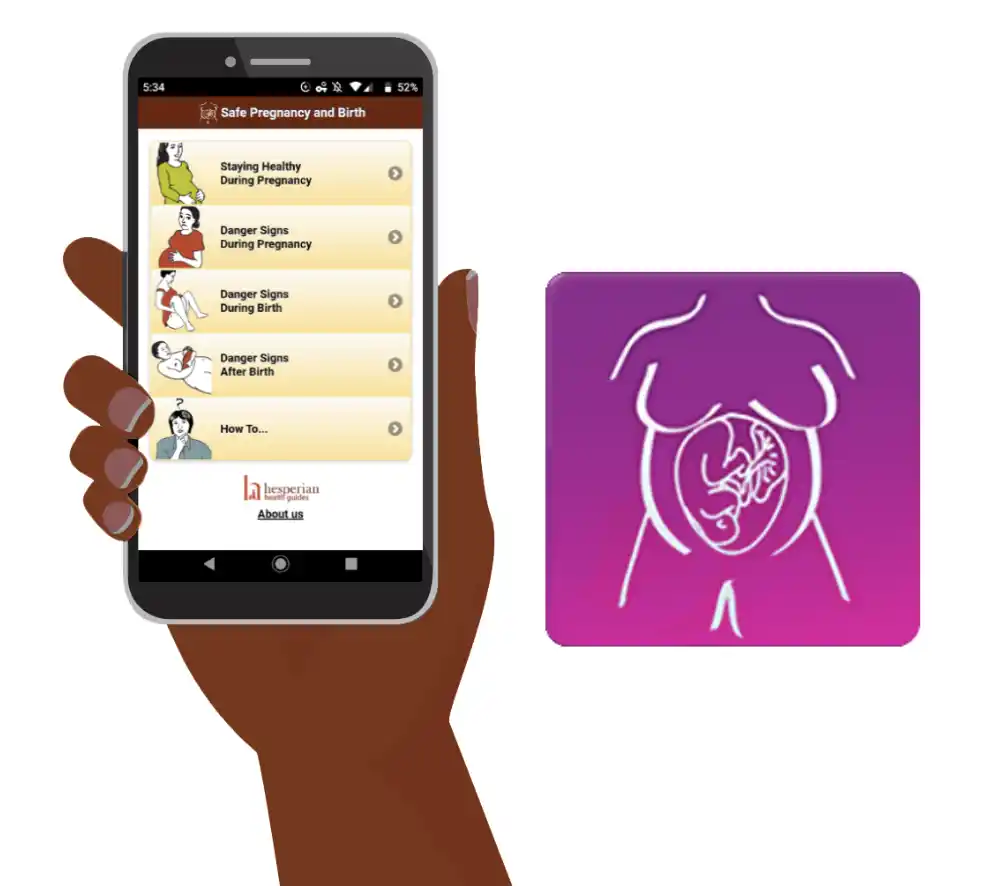January 3, 2014
An unprecedented 6 billion people now have access to mobile phones worldwide. This has enormous potential to create well-informed individuals capable of participating in actions that improve their health, all through the touch of a button. Unsurprisingly, mobile health (mHealth) projects have seen an explosion in popularity over the last few years, with thousands of mHealth pilot programs launching every year. But are all these mHealth projects truly empowering people?
The mHIFA Working Group (Mobile Healthcare Information For All) recently carried out a survey of existing mHealth Projects. The mHIFA Working Group is part of Healthcare Information for All by 2015(HIFA2015), an online community committed to a world “where people are no longer dying for lack of healthcare knowledge.” They sought to identify the mHealth projects that empowered people with actionable lifesaving information on the topics of child health, maternal health, and first aid. Additionally, they were looking for projects that could be easily used in resource-poor areas.
Among the approximately 1,600 mobile projects evaluated, Hesperian’s award-winning Safe Pregnancy and Birth app was selected as 1 of 7 most capable of providing “actionable health information directly to parents, families, and children.”
What set Hesperian’s app apart from the rest? While evaluating projects, the mHIFA Working Group discovered that the vast majority of mHealth projects focus on things like data collection, patient monitoring, health education or appointment reminders. Although such projects may be important, they do not appear to empower people with actionable lifesaving information.
Safe Pregnancy and Birth is targeted to audiences with fewer literacy skills and provides clear information on staying healthy during pregnancy and birth, and what to do if a danger sign should arise. It also includes a “how-to” section that provides step-by-step instructions on topics ranging from taking blood pressure to treating kidney infections, and seeks to boost health skills as well as diagnostic capabilities. And, once downloaded, the app can be used offline and is perfectly functional in areas of low or no connectivity.
To date, Safe Pregnancy and Birth has been downloaded over 133,000 times in English and Spanish, with the most downloads coming from the US, India, Spain, Mexico, Chile, Philippines, Argentina, and Australia. In the coming year, several of our partners will translate the app into at least 7 new languages, making it even more accessible worldwide. Field-testing projects to evaluate and improve the app are underway and results will be incorporated in 2014.
We are honored that the mHIFA Working Group study selected our app as a candidate to help provide “timely and affordable access to relevant, reliable, easily assimilable and actionable healthcare knowledge.” We welcome feedback on our mobile app and we hope that others in the global health community will see Hesperian Health Guides as a resource as they develop their own mHealth projects.
Below is the original mHIFA Working Group survey that was posted on November 25th, 2013:To all HIFA2015 members:
My name is Heather Kartzinel and I am an online Master of Library and Information Science student at San José State University in California, USA. This semester I am working under the guidance of Dr. Chris Hagar (Assistant Professor), Neil Pakenham-Walsh (HIFA moderator and coordinator of the HIFA2015 campaign) and Nand Wadhwani (The Mother and Child Health Education Trust) to identify projects (both completed pilots and ongoing programs), non-profit organizations, and other relevant companies whose objectives and target populations align with the first mHIFA SMART goal (see below), specifically in the areas of first aid, maternal health (including complications of pregnancy and childbirth), and child health (including management of common childhood illnesses) in low and middle income countries. Proposed by the HIFA 2012-15 Challenge Working Group (Meeting the information needs of Citizens, Families and Children) and ratified in April 2013, this goal emphasizes delivery of understandable, usable, “as-needed” health information via mobile phone to all citizens.
“By 2015, at least one telecoms provider, in at least one country, will endorse the vision of Healthcare Information For All, and will provide free access to essential healthcare knowledge in the local language, pre-loaded on all new mobile phones they may sell and freely downloadable to all those who already have a mobile phone.”
For more information about the rationale behind and current progress towards the first mHIFA SMART goal, please see http://www.hifa2015.org/the-
first-hifa-smart-goal-mobile- healthcare-information-for- all/ MY PROCESS
The majority of my findings came from online repositories. Some examples are:
– Global System for Mobile communications Association mHealth Tracker, London, UK:http://www.mobileworldlive.
com/mhealth-tracker – mHealth Working Group Inventory of Projects coordinated by Kelly Keisling and FHI 360’s Laura Raney: http://www.mhealthworkinggroup.org/projects/mhealth-working-group-inventory-projects
– Center for Health Market Innovation’s health program database, Washington, DC, USA: http://
healthmarketinnovations.org/ programs – Health Unbound powered by the mHealth Alliance, Washington, DC. USA: http://healthunbound.org/
resources/program – Royal Tropical Institute’s mHealth Projects Database, the Netherlands: http://mhealthinfo.org/
projects_table Other sources include WHO’s 2012 Compendium, posts on this forum, NGO website blogs and press releases, conference presentations, technology innovator competitions, and YouTube project promotion videos. Many of the funding agencies, content providers, and mobile technology partners for these projects are large, familiar, often multinational organizations (USAID, Microsoft, UNICEF, WHO, UNESCO, Qualcomm, The World Bank, The Bill and Melinda Gates Foundation, etc.).
Although I did not conduct a formal search of the literature, it is notable that very few of these programs led me to published results in professional journals. Due to the variety of resources that I utilized and frequent duplicate listings of a single project on multiple sites, I can only approximate the total number of mHealth projects and mobile apps that I reviewed for relevance (about 1500-1600). However, I did notice a trend towards SMS-based programs and call-in hotlines concentrated in the “base of the pyramid” or those living on under US$2 per day (although this could be a consequence of the focus of the larger repositories). In addition, it seemed to me that the target audience for the majority of these projects was female—women and teens as direct recipients of health information, as well as their community healthcare workers. I think many organizations are specifically directing their attention toward narrowing the gender gap in information access and technology usage in developing countries* and empowering mothers as the lead caretakers of their families. In terms of health indications, topics included sexual, reproductive, and general health concerns such as family planning, maternal and newborn care (both routine and emergency situations), childhood immunizations, HIV/AIDS, tuberculosis, and basic nutrition. I did detect an obvious gap relating to treatment of common childhood illness and basic first aid/emergency care, but unfortunately I cannot quantify it.
Presented below are seven projects that most directly relate to the first mHIFA SMART goal. Please note this is a preliminary list which will hopefully expand substantially as a result of input from HIFAmembers. All of these seven projects would require some degree of modification in order to meet the specificity of the goal (e.g., translation into layman’s terms in local languages, adaptation and scale-up for wider distribution, pre-loading the information onto a microSD memory card or posting it online as a free download by a telecom company), but I think these contain the relevant content and basic technology that could be expanded upon for future projects.
MY FINDINGS (in alphabetical order):
– First Aid App: This free app produced by the British Red Cross provides advice on 18 everyday first aid situations in the form of videos, quizzes, and step-by-step guides, in additional to tips for emergency preparedness. http://www.redcross.org.uk/
What-we-do/First-aid/Mobile- app NOTE: There is also an American Red Cross version for US citizens, but I did not find one targeted for low and middle income countries. http://www.redcross.org/ mobile-apps/first-aid-app – Health eVillages: Led by the Robert F. Kennedy Center for Justice and Human Rights, Health eVillages provides iPad clinical reference information and decision-making support for medical professionals in China, Haiti, Kenya, Rural Louisiana, and Uganda. http://www.healthevillages.
org/ – HealthPhone: Targeting “health workers, medical students, girls, women, families, communities, rural village and urban slum dwellers, illiterates” in India, ** general health practices and nutrition information (text and video) is being distributed via pre-loaded microSD memory cards for low-cost feature phones in 16 languages. http://www.healthphone.org/
– Malezi-Bora: Using a pay-it-forward approach,*** this project relies on the relationships among African mothers to share and disseminate information about maternal and newborn health using low-cost handsets and audio content in the local language. http://www.savinglivesatbirth.
net/summaries/34 – mMitra: A cooperative effort between ARMMAN in India and the University of San Francisco in the US, the mMitra project provides free mobile messages and animated videos for preventive and time-sensitive care of rural pregnant women and new mothers. The content is presented in the local language and is customized based on the user’s gestational age or age of her newborn.http://www.armman.org/mmitra
– Newborn Care Series: More than 35 locally produced, instructional videos on newborn care are free for viewing and download from the internet to smartphones and tablets. Global Health Media and Translators Without Borders are working together to expand the reach of this program; voiced-over versions are now available in Swahili and Spanish. http://globalhealthmedia.org/
– Safe Pregnancy and Birth App: Hesperian Health Guides, provider of Where There Is No Doctor (which is celebrating its 40th anniversary), has developed a free mobile app for health workers on pregnancy and birth control. Available in both English and Spanish, it was chosen for an award in 2012 representing “the world’s most innovative solutions that equip girls and women with new digital technologies—enabling them to live healthier, smarter, and more meaningful lives.” Topics include everyday maternal health as well as emergency care. https://hesperian.org/books-
and-resources/safe-pregnancy- and-birth-mobile-app/ CONCLUSION
Despite a plethora of mHealth projects documented worldwide, I identified only a handful with the potential to deliver actionable health information directly to parents, families and children. Acknowledging that my search was far from exhaustive, I encourage this community to share your findings on this forum — specifically any project that aligns with the first mHIFA SMART goal. TheHIFA 2012-15 Challenge Working Group will be posting an interactive document of such projects soon. I hope that my research translates into new networking and collaborative opportunities, and provides you with inspiration for new mHealth applications (and perhaps some lessons learned) that help realize this goal.
Best regards,
HeatherHIFA profile: Heather Kartzinel is a graduate student at San Jose State University School of Information Science, USA. Professional interests: improving health literacy.

 Safe Pregnancy and Birth App Field Tested by Health Workers in Chiapas
Safe Pregnancy and Birth App Field Tested by Health Workers in Chiapas
